Jamal Mecklai
The near-vertical rise in rupee volatility (from 5.4 per cent to 9.5 per cent) since mid-August, accompanied by a collapse in the rupee to below 50 to the dollar, has rattled most companies. While the rupee has recovered somewhat, volatility – and nervousness – remains high.
Prudent companies – mostly exporters, who have hedged a good part of their receivables – have been hit through significant mark-to-market losses on their hedges. Of course, these losses are not real — to quote Narayana Murthy, "Cash is real, profits are an opinion."
Clearly, most companies that hedged exports did so at rates that ensured their profitability - the foreign exchange loss in their books represents only an opportunity loss.
...
Has the rupee truly recovered?
Photographs: Ajay Verma/Reuters
While most companies have recognised that this opportunity cost is merely the price of conservative risk management, the scale of the cost this time has many companies reassessing their foreign exchange policies.
However, few companies would look to return to the fully unhedged approach under which they could capture all of the opportunity (and, correspondingly, run all of the risk).
Incidentally, I was very ...
Has the rupee truly recovered?
Much worse off are companies with short dollar positions – importers – who remained largely unhedged because it appeared that the good times – a steady to slightly stronger rupee – would last forever.
Indeed, many companies with commodity-type imports were further leveraging their apparent good fortune, by layering buyers' credit on top of their existing supplier credits and often rolling these over as well.
The hit to their accounts is real, unless, of course, the rupee recovers dramatically before their credit periods run out. This may explain the increasingly loud sound of prayers wafting up this past Diwali.
...
Has the rupee truly recovered?
I guess, the big question is: what is the likelihood of the rupee recovering sufficiently to where at least some of these companies can get out of the woods?
The good news is that the European crisis appears to have shifted to a "sigh of relief" mode, with last week's agreement on restructuring Greek debt.
The euro shot higher carrying the rupee part of the way with it. Technically, the euro move appears to still have some room to go, which suggests that the rupee, too, could rise a bit further. News that China may be buying euros could also keep it well bid.
...
Has the rupee truly recovered?
Photographs: Stringer/Reuters
This tentative return to the risk-on investment mode has attracted foreign institutional investors (FIIs) back to Indian markets, and, with the Reserve Bank of India (RBI) signalling that its tightening cycle is at or close to over, there is likely to be continued demand for both domestic equities (which are quite reasonably valued) and, importantly, debt.
The RBI should further increase the FII limit for debt investments, or, at least, take away the silos into which investment is permitted.
Encouragingly, the economy appears to be shrugging off the pessimistic mood generated by the continuing corruption scandals and the woeful mood in global markets.
At a Diwali party, I found myself telling a friend that we will certainly see new highs on the Sensex this year — 23,000 by next Diwali?
All of this could, of course, boost the rupee.
...
Has the rupee truly recovered?
On the other side, however, is the huge amount of already consumed imports that have been financed with global credit, and not yet paid for in the foreign exchange market.
It is hard to estimate volumes, but if we assume that one-third of our imports over the past six months have been rolled over and not yet hedged – a relatively aggressive assumption, considering how difficult it is to find vacant bank limits for India – that would total about $60-65 billion of imports yet to be paid for.
Adding this to the monthly trade deficit of $6-8 billion means that services exports, external commercial borrowings and capital flows have to run at around $10 billion a month just to keep things steady.
...
Has the rupee truly recovered?
While this is certainly in the realm of possibility, it is a tall order. The only certainty is that volatility will remain high as hot spots of excess payments (defence, oil, etc) or, of course, more euro-zone wobbles, will keep triggering bouts of rupee weakness.
In fact, looking at the way rupee volatility has been moving, it appears close to a peak (at around 9.5 per cent); if this is true, it will need to hold around this level for the volatility to come down.
This suggests that the spot will simply jockey around the current levels for a few more months before we see any definitive new trend.
Keep on praying.


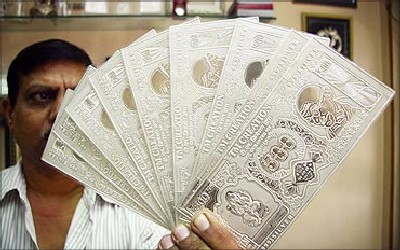
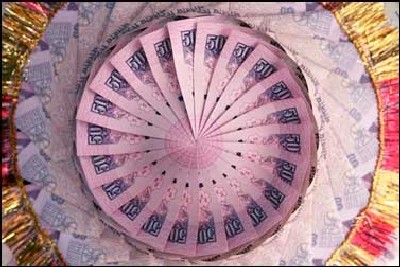
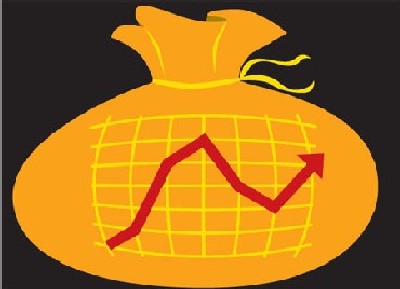
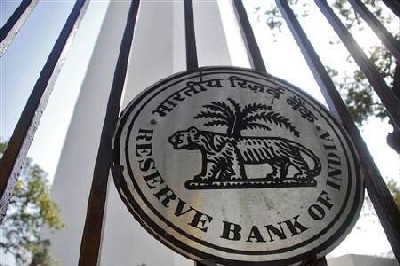
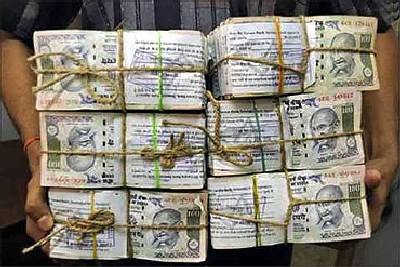


article